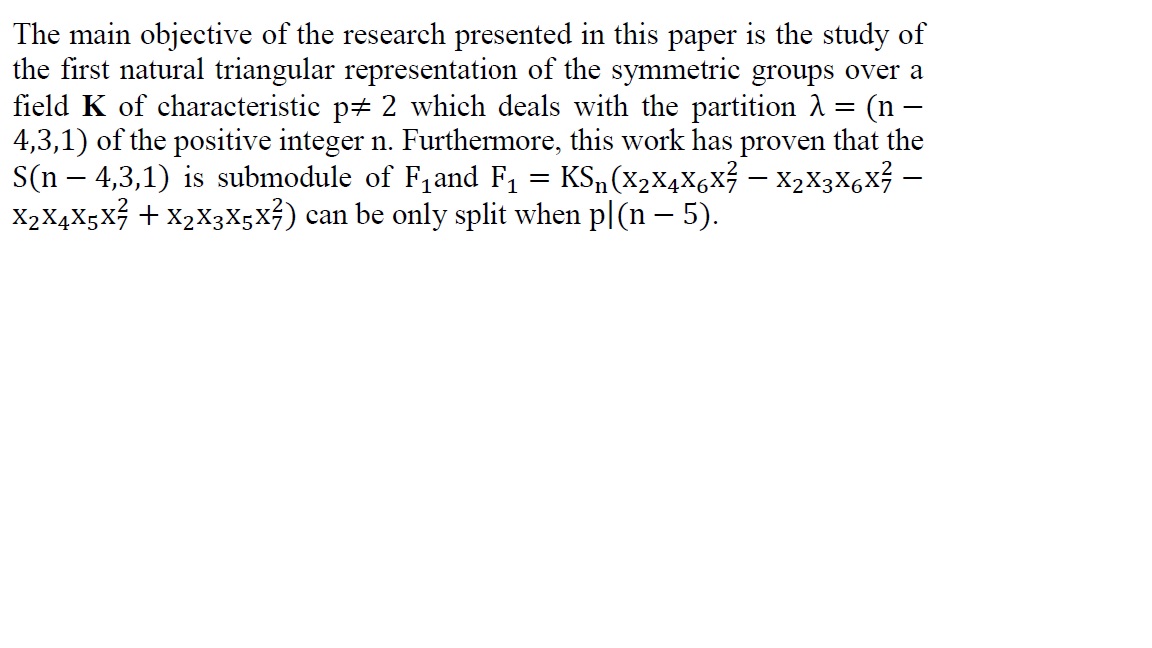 (6)
(6)
 (6)
(6)
B3LYP/6-31G, DFT method was applied to hypothetical study the design of six carbon nanotube materials based on [8]circulene, through the use of cyclic polymerization of two and three molecules of [8]circulene. Optimized structures of [8]circulene have saddle-shaped. Design of six carbon nanotubes reactions were done by thermodynamically calculating (Δ S, Δ G and Δ H) and the stability of these hypothetical nanotubes depending on the value of HOMO energy level. Nanotubes obtained have the most efficient gap energy, making them potentially useful for solar cell applications.
The objective of this paper is to study the stability of SIS epidemic model involving treatment. Two types of such eco-epidemiological models are introduced and analyzed. Boundedness of the system is established. The local and global dynamical behaviors are performed. The conditions of persistence of the models are derived.

In the last years, the self-balancing platform has become one of the most common candidates to use in many applications such as flight, biomedical fields, industry. This paper introduced the simulated model of a proposed self-balancing platform that described the self–balancing attitude in (X-axis, Y-axis, or both axis) under the influence of road disturbance. To simulate the self-balanced platform's performance during the tilt, an integration between Solidworks, Simscape, and Simulink toolboxes in MATLAB was used. The platform's dynamic model was drawn in SolidWorks and exported as a STEP file used in the Simscape Multibody environment. The system is controlled using the proportional-integral-derivative (PID) co
... Show More
